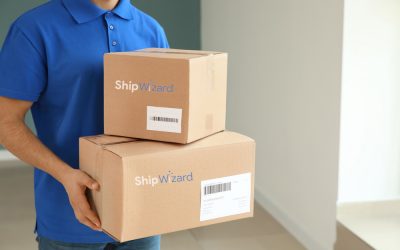Pouring over the data generated by your eCommerce product fulfillment software can be a great way to get insights into how your customers think, feel and behave, as well as what products need to be removed from your shelves.
One thing your data can’t tell you, though, is exactly why your visitors are abandoning their shopping carts with so much zeal. That little piece of information is out there, though, and understanding it can help avoid shopping cart abandonment rates going forward.
It All Comes Down to Shipping
When you set your shop up, you probably spent a lot of time figuring out just how much to charge for various products, as well as what you’d charge for shipping.
As it turns out, the secret to shopping cart abandonment isn’t your prices, it’s the cost of your shipping. According to a recent study by FuturePay, 97 percent of internet shoppers admit to having had abandoned a cart and 86 percent of the time it was due to the cost of shipping.
Think about that: Eighty-six percent of abandoned shopping carts are potentially preventable simply by footing the bill for shipping. Amazon and other giant retailers have made it tough for the smaller fish to continue to compete in the giant pond that is the Internet because so many shoppers are wired to want that free shipping, sometimes even more than a better deal overall.
There’s something deeply ingrained in the psyches of online shoppers that say they shouldn’t have to pay for the privilege of getting a package to their door, even though there is significant transportation cost involved in doing so. In fact, customers are so against paying for shipping that 52 percent of shoppers surveyed told UPS that they have added items to their carts in order to qualify for it for free.
When It Can’t Always Be Free
For smaller companies, however, it can be hard to offer free shipping on every order. Your margins are already thin to help you remain competitive, so does this mean you’re doomed to high shopping cart abandonment rates forever? Not necessarily.
The same FuturePay study mentioned above also found that 72 percent of customers cited the reason “cost of order became too expensive” for their abandonment. Although they didn’t clearly explain the intent of this label in the whitepaper, it can easily be assumed that this is a reference to taxes, fees and yes, unexpected shipping costs.
Instead of leaving your customers guessing, or worse, purposefully making it hard for them to find out what your shipping rates are, just be up front about it. Stick a handy shipping calculator on each page to make it easy to determine this additional cost, or provide a threshold after which free shipping is available. Even if you use a flat rate shipping approach to tackle this shipping conundrum, it’s a vital piece of information to lead with.
The most important thing you can do to lower your shopping cart abandonment rate is to be incredibly honest and upfront about your shipping costs. It’s really that simple. If you can help subsidize those fees by offering free shipping with the purchase of so much product or as a seasonal promotion, so much the better.









